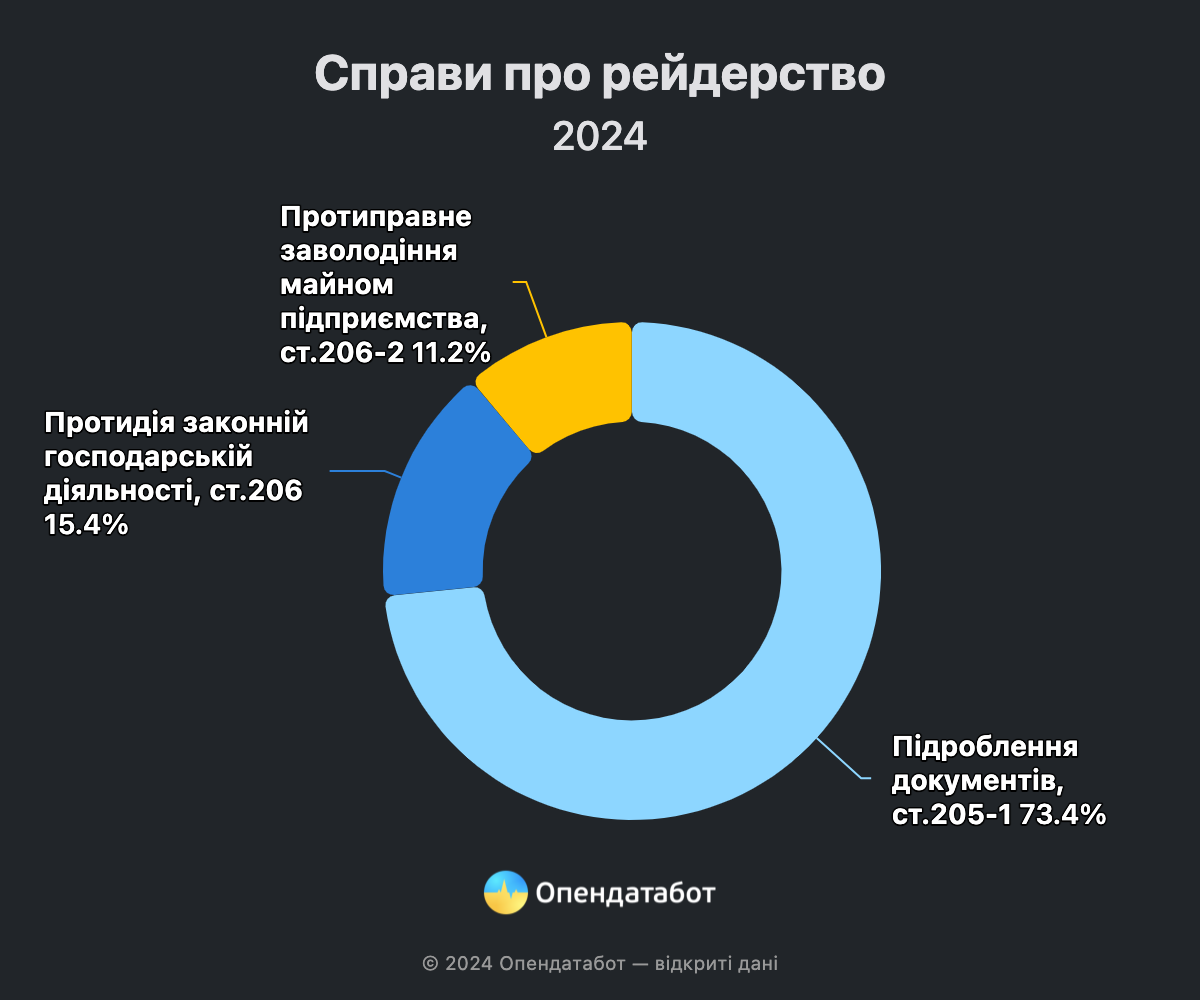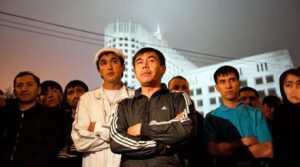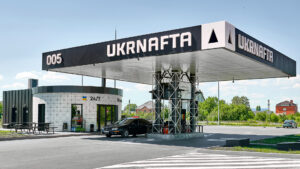
The State Nuclear Regulatory Inspectorate of Ukraine (SNRIU) and the Norwegian Radiation and Nuclear Safety Agency (DSA) are working on the implementation of 18 common projects to counter the challenges caused by Russia’s military aggression, particularly in the area of developing policies and procedures to restore regulatory control over nuclear facilities affected by occupation and hostilities.
Gosatomregulirovanie said on Wednesday that the joint projects of the Ukrainian nuclear regulator and DSA, launched after February 24, 2022, also cover such areas as surveying territories affected by enemy military occupation; managing critical knowledge needed to protect personnel, the public and the environment during nuclear or radiation incidents caused by hostilities; and providing radiation reconnaissance equipment in previously occupied territories.
“I am grateful for DSA’s active participation in projects to address the pressing challenges faced by Gosatomregulirovanie after the rf’s full-scale invasion of Ukraine on February 24, 2022. Over the past two years, 25 projects have been initiated to counter the challenges caused by Russia’s military aggression. As of today, 18 projects out of them are being implemented,” said Oleg Korikov, head of the DSA.
Korikov and DSA Director General Per Strand discussed the status of implementation of joint projects and further cooperation, plans for which are envisioned in the Roadmap for Cooperation between DSA and Gosatomregulirovanie for 2024-2028, at a meeting during the Seventh Conference of the European Nuclear Safety Regulators Group (ENSREG) held in Brussels on June 24-25.
“In our decade of cooperation since 2014, we have established a sustainable mechanism for planning, coordination and timely implementation of joint projects. This strategy includes regular assessment of regulatory threats and challenges faced by Gosatomregulirovanie, which are reflected in the Threat Assessment Reports,” Korikov added.

Ukraine’s national team played a 0-0 draw with Belgium in the third match of the 2024 European Football Championship.
In a parallel match, the national teams of Slovakia and Romania also played a draw 1:1.
Thus, all national teams scored four points, but Ukraine took the last place in the group on additional indicators – the worst goal difference.
Romania took the first place in the group, followed by Belgium and Slovakia. All of them will continue playing at the European Championship. Ukraine is eliminated from the tournament.
As reported, the first match Ukraine lost to Romania with a score of 0:3, and in the second – beat Slovakia with a score of 2:1.

Only cases of document forgery reach the court
According to the Prosecutor General’s Office, 188 criminal proceedings on raiding were recorded in 5 months of this year. This is already 1.3 times more than in the same period in 2023. Most proceedings are opened under Art. 205-1 “Forgery of documents”.
The number of raiding cases has been growing in recent years, but has not yet reached the levels before the full-scale invasion. Since the beginning of the year, 188 proceedings have been opened under articles on raiding. This is 1.3 times more than in the same period last year in 2023 – 147 proceedings. However, it is still two times less than in 2021 – 398 cases.
On the eve of the full-scale invasion, an average of 50 new cases were registered every month. At the beginning of this year, 32 new proceedings were opened per month, and in May their number reached 52.
In general, raiding cases are opened under the articles on forgery of documents (Article 205-1 of the Criminal Code), counteraction to legitimate economic activity (Article 206 of the Criminal Code) and illegal seizure of company property (Article 206-2 of the Criminal Code), etc.
Most often, raiding is recorded through forgery of documents: 138 or 73% of all cases this year.
Since the beginning of the year, 29 and 21 criminal proceedings have been opened for counteracting legitimate business activities and unlawful seizure of company property, respectively. It is worth noting that since the beginning of the year, no new cases of obstruction of business activities and unlawful seizure of company property have been brought to court.
According to the Anti-Raiding Office, the number of complaints about raider attacks is growing year on year. 1,255 complaints were received in the first 5 months of this year. For comparison, there were 1,905 such complaints for the whole of last year.
https://opendatabot.ua/analytics/raiders-2024-5




Uzbekistan is discussing a possible decrease in the flow of labor migrants to Russia due to the growing demand for labor within the country. This was stated by Alisher Ruziyev, head of the Department of the Agency for External Labor Migration under the Ministry of Employment and Poverty Reduction.
In recent years, the number of labor migrants from Uzbekistan to Russia has decreased from 4-6 million to one million. According to the press secretary of the President of Uzbekistan, Sherzod Asadov, this negative trend is due to the success of the reforms being implemented in the country.
He noted that Uzbekistan is currently experiencing a construction boom, so workers’ salaries have already approached the level of some facilities in Russia. This leads to a situation where many citizens may not see the point in labor migration to Russia because salaries in the country are becoming more competitive, AN Prime reports.
In addition, it is noted that in recent years, the Agency for External Labor Migration has expanded the geography of employment of Uzbek citizens abroad, which has helped to meet the demand for labor in Europe. This is part of the agency’s strategy to adapt to changing labor market conditions.
According to official data, about two million Uzbek citizens are working outside the country, including about one million in Russia, which is about 20% of the economically active population.

PJSC “Ukrnafta” (Kiev) on June 25 announced a tender for liability insurance services for holders of a special permit for the use of oil and gas bearing subsoil in the development of oil and gas bearing subsoil in cases provided for by the law “On Oil and Gas”, reported in the system of electronic public procurement Prozorro.
The expected cost of the purchase of services is UAH 943,160 thousand.
According to the system, the last day for submission of tender offers is July 3.

State Enterprise “Chernobyl NPP” June 25 announced a tender for compulsory civil liability insurance of owners of land vehicles (CMTPL).
As reported in the system of electronic public procurement Prozorro, the expected cost of the purchase of insurance services is 103.8 thousand UAH.
Documents for participation in the tender are accepted until July 3.